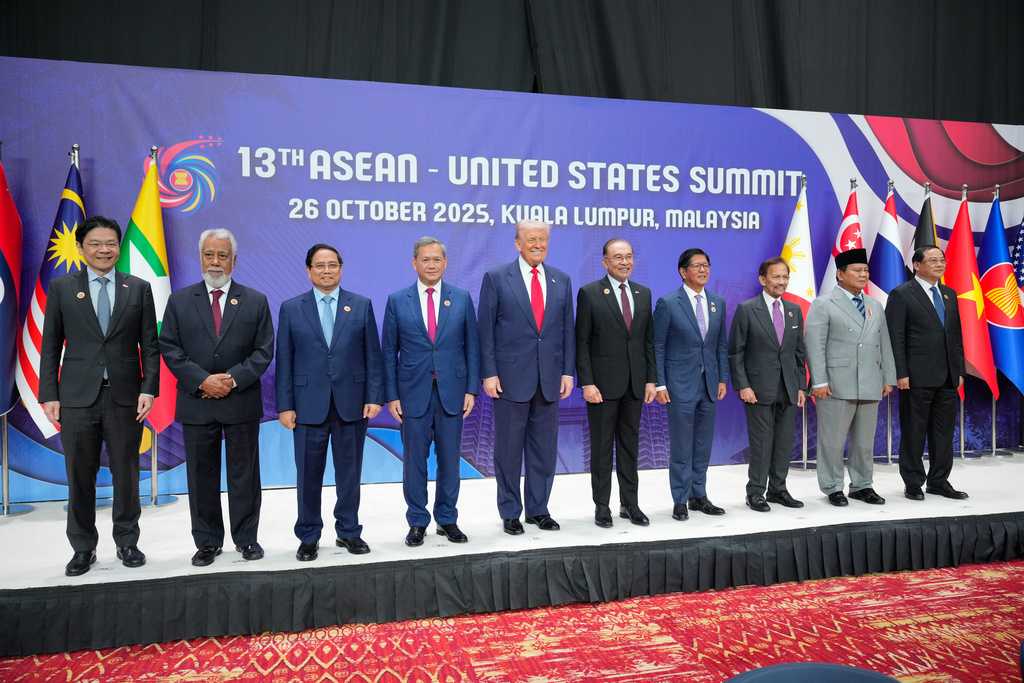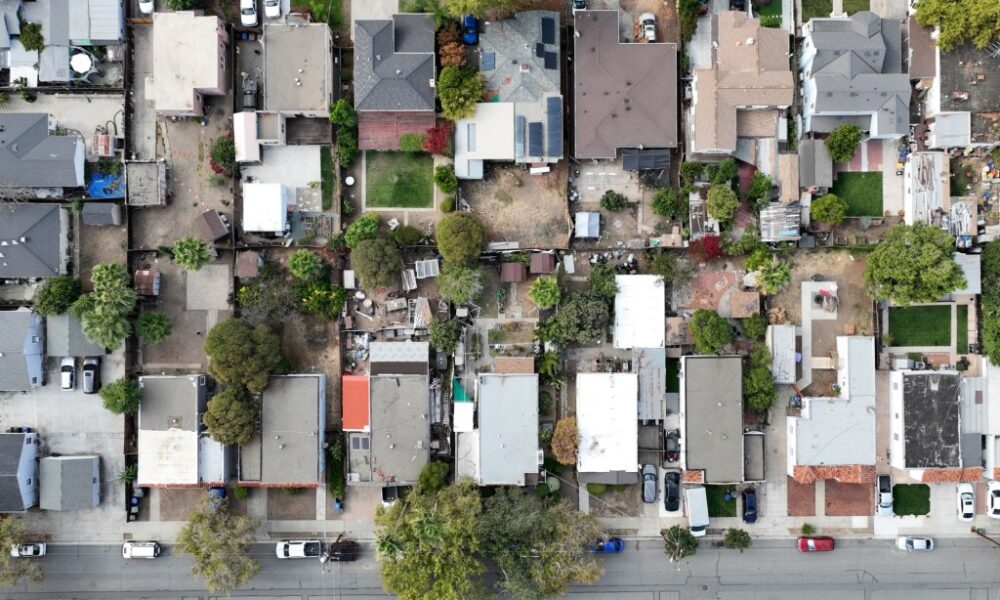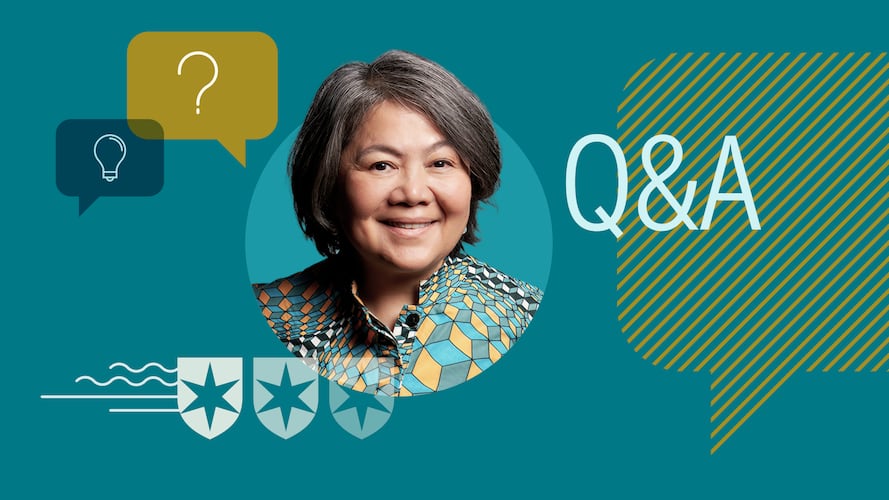President Donald Trump announced new tariffs on Canadian imports on Saturday, marking a significant escalation in trade tensions with Canada. This announcement coincides with his efforts to negotiate a “comprehensive deal” aimed at de-escalating ongoing trade disputes with China. Trump made these statements during the first leg of his trip to Asia, which includes visits to three countries and is expected to heavily focus on trade issues.
The president revealed plans to impose an additional 10% tariff on Canadian goods through a social media post, though he did not specify when these levies would take effect. This move stems from a disagreement over a television advertisement aired by the province of Ontario, which Trump claims is misleading and anti-tariff.
Despite the escalating tensions with Canada, Trump indicated that he does not plan to meet with Canadian Prime Minister Mark Carney during their simultaneous attendance at a summit in Malaysia. Instead, he engaged in discussions with Brazilian President Luiz Inácio Lula da Silva, who has been advocating for the United States to reduce steep tariffs imposed earlier this year. “I think we should be able to make some good deals for both countries,” Trump stated.
Trade Agreements and Diplomatic Efforts
While in Asia, Trump also participated in a signing ceremony for an expanded ceasefire agreement between Cambodia and Thailand. Notably, he had used the threat of tariffs earlier this year as a leverage point to encourage these nations toward peace. During the ceremony, he remarked, “Alongside this peace treaty, we are also signing a major trade deal with Cambodia and a very important critical minerals agreement with Thailand.” He emphasized that the United States would foster robust commerce with these nations as long as peace is maintained.
The president’s trip will continue with stops in Japan and South Korea, where he may meet with Chinese Leader Xi Jinping to discuss trade relations and seek resolutions to the ongoing trade war. “I think we have a really good chance of making a very comprehensive deal,” Trump told reporters over the weekend, underscoring his optimism regarding the negotiations.
These comments follow Trump’s earlier threats to impose an additional 100% tariff on Chinese imports starting November 1, 2023, in response to new restrictions from Beijing on rare earth minerals, which are essential for modern manufacturing. The president also aims to address the fentanyl crisis and support American farmers who have been adversely affected by the trade war with China.
Ahead of the anticipated meeting with President Xi, China’s top trade negotiator revealed that both sides had reached a “preliminary consensus” on certain areas of dispute, suggesting potential progress in resolving long-standing trade issues.
As these developments unfold, the global economic landscape remains closely monitored, with significant implications for the international trade community.






